Adelie penguins are among the most southerly distributed seabirds
Antarctic Environment / © Russ Hepburn
The coldest, highest, windiest, driest continent on Earth
Antarctica is a vast, unspoiled continent that has challenged explorers and inspired dreamers through the centuries. It is a place of beauty and mystery, covered with ice miles deep. But we just call it home.
The Antarctic continent is a land mass covered with ice up to 13,000ft (4km) thick. With all islands and ice shelves, Antarctica is nearly 1½ times the size of the USA, twice the size of Australia, and 58 times the size of the UK. It covers 8,500,000 square miles (13,661,000 square kilometers).
Antarctica is the highest continent on Earth: average elevation is 8,200ft (2500m). The elevation at the South Pole is 9,300ft (2835m). The highest point on the icecap is in Australian Antarctic Territory at 13,451ft (4100m), at 82° 20’S, 56° 30’E. Mount Vinson is the highest mountain in Antarctica at 16,050ft (4892m).
Antarctica is the driest continent on earth. The amount of moisture received by the polar plateau is comparable to that falling on the world’s hot deserts, as low as 0.8 inches (20mm) per year.
Antarctica is the coldest continent on earth. The lowest temperature ever recorded on earth was -128.6F (-89.2C) at Vostok in the Australian Antarctic Territory, in 1983. Antarctica is the windiest continent on earth. Winds flow down the coastal slopes under the influence of gravity. Speeds of these katabatic winds have been recorded up to 204 miles per hour (327 kilometers per hour).
South America, whose tip is shared by Chile and Argentina, is the closest continent to Antarctica. It is 774 miles (1238 km) from Ushuaia, the southern-most city of Argentina, to the Argentine station, Vice Comodoro Marambio, at the tip of the Antarctic Peninsula.
About 98% of Antarctica is covered by the Antarctic ice sheet, a sheet of ice averaging at least 1.0 mile (1.6 km) thick. The continent has about 90% of the world’s ice (and thereby about 70% of the world’s fresh water). If all of this ice were to melt, sea levels would rise about 200 ft (60m). Antarctica is divided into two contrasting parts by the Transantarctic Mountains that cross the continent close to the ‘neck’ between the Weddell and Ross Seas.
West Antarctica, which includes the Antarctic Peninsula, is smaller and consists of four land units each with a different history. There has been major volcanic activity here in recent geological times and there are still a few active volcanic centers. Deep waters exist between land units and the West Antarctic Ice Sheet, which can be considered to a be floating ice mass held in place by land peaks. The West Antarctic Ice Sheet has been of recent concern because of the real, if small, possibility of its collapse. If the sheet were to break down, ocean levels would rise by several meters in a relatively geologically short period of time, perhaps a matter of centuries. ALE has been supporting researchers from the University of New South Wales who are investigating how West Antarctica has responded to temperature changes in the recent geological past. Discovering Science on Ice and Chasing Ice in the Patriot Hills
Most of East Antarctica is still not well known by geologists but it does include the Transantarctic Mountains. The shield is very depressed in the centre, where it carries the bulk of the Antarctic ice sheet. Large areas lie deeper than 3,280ft (1000m) below sea level.
Antarctica’s highest peaks are located in the Sentinel Range of the Ellsworth Mountains. Mount Vinson is the highest mountain in Antarctica at 16,050ft (4892m). Peaks in the Transantarctic Mountains commonly exceed 13,000ft (4000m) elevation. Mount Erebus, located on Ross Island, is the world’s southernmost active volcano. Another well-known volcano is found on Deception Island, which is famous for a giant eruption in 1970. Mount Sidley 14,058ft (4285m), located in the Executive Committee Range of Marie Byrd Land, is the highest volcano in Antarctica. Read about ALE’s Mount Sidley Experience
Planetary scientists have found evidence of a meteor impact much larger and earlier than the one that killed the dinosaurs – an impact that they believe caused the biggest mass extinction in Earth’s history. The 300-mile-wide (482km) crater lies hidden more than a mile beneath the East Antarctic Ice Sheet. And the gravity measurements that reveal its existence suggest that it could date back about 250 million years – the time of the Permian-Triassic extinction, when almost all animal life on Earth died out. Its size and location – in the Wilkes Land region of East Antarctica, south of Australia – also suggest that it could have begun the breakup of the Gondwana supercontinent by creating the tectonic rift that pushed Australia northward. Big Bang in Antarctica – Killer Crater Found Under Ice
More than one hundred and forty five subglacial lakes have been discovered beneath the Antarctic ice sheet. These lakes have been isolated from the surface for considerable periods of time and each represents a unique environment. Several lakes have been the focus of exploratory research: the Whillans Ice Stream Sub-glacial Resarch Drilling project (WISSARD); the Russian Antarctic Expedition (Lake Vostok); and the Lake Ellsworth Project in West Antarctica, supported by ALE. The UK based Subglacial Lake Ellsworth Consortium aimed to explore Lake Ellsworth to look for life in the lake and acquire records of past ice and climate change.
More than 180 million years ago, Antarctica, along with Africa, South America and peninsular India, was part of the supercontinent Gondwana. Over time, Gondwana gradually broke apart and Antarctica drifted to its present location centered at 90S latitude. Ultimate separation of Australia and South America from Antarctica about 35 million years ago created a circumpolar current that resulted in an isolated continent. This in turn led to long-term snowfall and preservation of glaciers and an eventual ice sheet, beginning some 14 million years ago.
Like all other continents, Antarctica has at its core an ancient shield. The rocks of the East Antarctica shield are as old as 4 billion years, which means that they are amongst the oldest known rocks on Earth. Geologists are now studying this shield to help them gain insight into the early geological processes of the Earth’s history.
Geologically, West Antarctica closely resembles the Andes mountain range of South America. The only anomalous area of West Antarctica is the Ellsworth Mountains region, where the stratigraphy is more similar to that of the Transantarctic Mountains and East Antarctica. This suggests that the Ellsworth Mountains must have broken away from a direct connection to the Transantarctic Mountains and rotated 90 degrees to reach their present location in West Antarctica.
Perhaps the historically most significant evidence of earlier vegetation, well preserved in Antarctica, is the leaf form Glossopteris which was at the heart of the concept of Gondwana, an hypothesis first proposed to explain the widespread distribution of glacial rocks and Glossopteris. When Robert Falcon Scott’s party was found dead in its tent on the way back from the South Pole, specimens of Glossopteris from the Beardmore Glacier region were found with them. While they had jettisoned almost everything else on the way back, they recognised the immense scientific importance of Glossopteris and refused to leave the specimens behind. These are some 280-300 million years old. Read more www.antarctica.gov.au/about-antarctica/geography-and-geology/geology/antarctic-prehistory
The main known mineral resource on the continent is coal. It was first recorded near the Beardmore Glacier by Frank Wild on the Nimrod Expedition, and now low-grade coal is known across many parts of the Transantarctic Mountains. The Prince Charles Mountains contain significant deposits of iron ore. The most valuable resources of Antarctica lie offshore, namely the oil and natural gas fields found in the Ross Sea in 1973. The Protocol on Environmental Protection to the Antarctic Treaty prohibits all activities relating to Antarctic mineral resources, except for scientific research.
Antarctica is a frozen desert with little precipitation; the South Pole itself receives less than 4 inches (10cm) per year, on average. Temperatures reach a minimum of between -112F (-80C) and -130F (-90C) in the interior in winter and reach a maximum of between 41F (5C) and 59F (15C) near the coast in summer.
East Antarctica is colder than its western counterpart because of its higher elevation. Weather fronts rarely penetrate far into the continent, leaving the center cold and dry. Despite the lack of precipitation over the central portion of the continent, ice there lasts for extended time periods. Heavy snowfalls are not uncommon on the coastal portion of the continent, where snowfalls of up to 48 inches (1.22m) in 48 hours have been recorded.
At the edge of the continent, strong katabatic winds off the polar plateau often blow at storm force. In the interior, however, wind speeds are typically moderate. During summer, more solar radiation reaches the surface during clear days at the South Pole than at the equator because of the 24 hours of sunlight each day at the Pole. Sunburn is often a health issue as the snow surface reflects almost all of the ultraviolet light falling on it.
Antarctica is colder than the Arctic for two reasons. First, much of the continent is more than 2 miles (3km) above sea level and temperature decreases with elevation. Second, the Arctic Ocean covers the north polar zone: the ocean’s relative warmth is transferred through the icepack and prevents temperatures in the Arctic regions from reaching the extremes typical of the land surface of Antarctica.
The flora of the Antarctic consists of around 250 lichens, 100 mosses, 25-30 liverworts, around 700 terrestrial and aquatic algal species, an unknown number of (mostly microscopic) fungi, and 2 flowering plants. The main factor that determines the distribution of terrestrial plant life in Antarctica is the availability of free water.
A lichen is a organism formed from the symbiotic association of certain fungi and (usually) green algae. Lichens occupy many different habitats, often in extreme environments. Three main types of lichens exist in Antarctica. Crustose lichens, which form a thin crust on the surface of the substrate they grow on; foliose lichens, which form leaf like lobes; and fruticose lichens which have a shrubby growth habit. Lichens have very slow growth rates. In the harsh environment of Antarctica’s interior, growth may be as little as 0.4 inches (1cm) per 1000 years.
Lichens have a number of adaptations that enable them to survive in Antarctica. They are able to exhibit net photosynthesis while frozen at temperatures as low as -4F (-20C). They can absorb water from a saturated atmosphere when covered by snow. Additionally, snow cover affords protection from the elements and most growth appears to occur when they are buried beneath at least a thin protective layer of snow. They can survive long unfavorable periods of drought in a dry and inactive state. In continental Antarctica, many lichens are able to absorb water vapor from snow and ice.
Few terrestrial vertebrates live in Antarctica. Invertebrate life includes microscopic mites, lice, nematodes, tardigrades, rotifers, krill and springtails. Recently ancient ecosystems consisting of several types of bacteria have been found living trapped deep beneath glaciers. The flightless midge Belgica antarctica, up to 0.2 inches (6mm) in size, is the largest purely terrestrial animal in Antarctica. The snow petrel is one of only three birds that breed exclusively in Antarctica. The wide variety of marine animals includes blue whales, orcas, colossal squids, fur seals, and several species of penguins. Emperor and Adélie penguins make the Antarctic continent their true home, while others (chinstrap, gentoo, and macaroni) breed on the northern tip of the Antarctic Peninsula, where conditions are less harsh.
While searching for marine reptile bones, researchers came across unusual bones on the ocean bottom near James Ross Island. The fossilized remains included pieces with characteristics only seen in meat eating theropods or “beast-footed” dinosaurs like Tyrannosaurus rex and smaller carnivores. The team eventually concluded that they had found a species of dinosaur never previously recorded. www.nsf.gov/discoveries/disc_summ.jsp?cntn_id=103111&org=NSF
www.antarctica.gov.au/about-antarctica/
www.antarctica.ac.uk/about_antarctica/index.php
Antarctic Environment / © Russ Hepburn
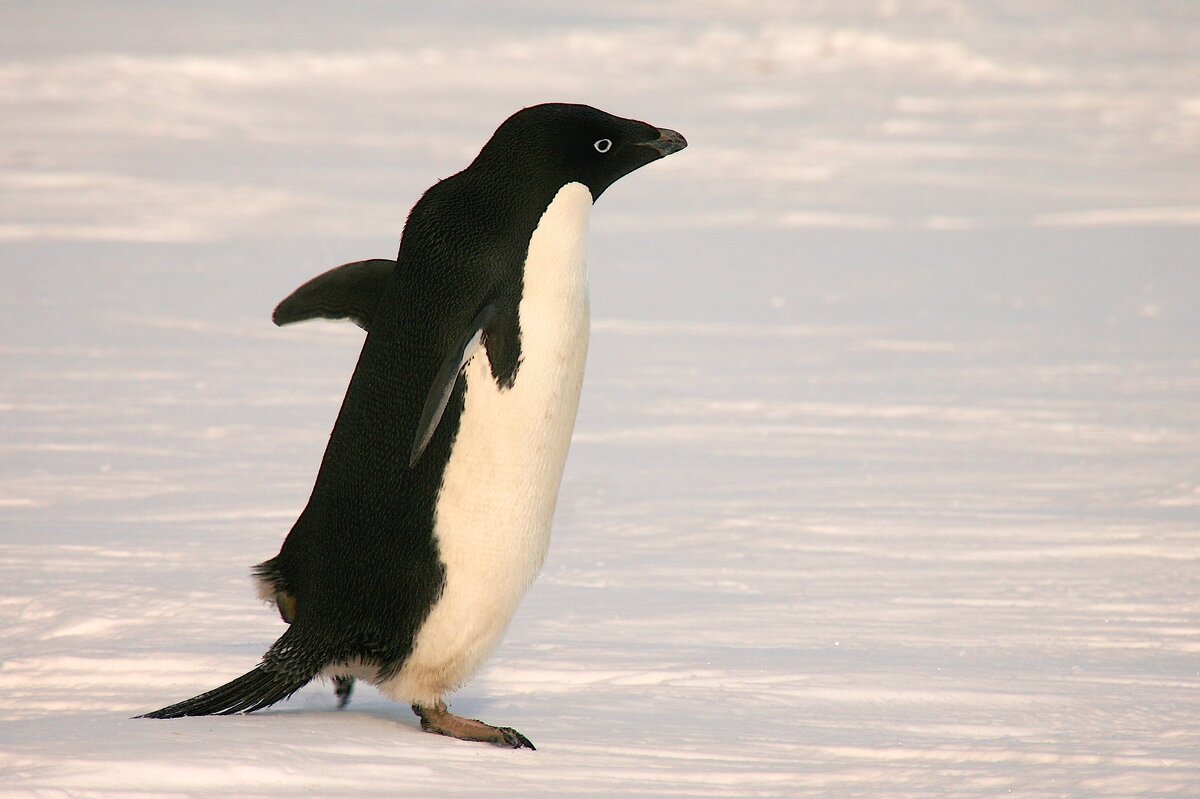
Antarctic Environment / © Bryan and Cherry Alexander
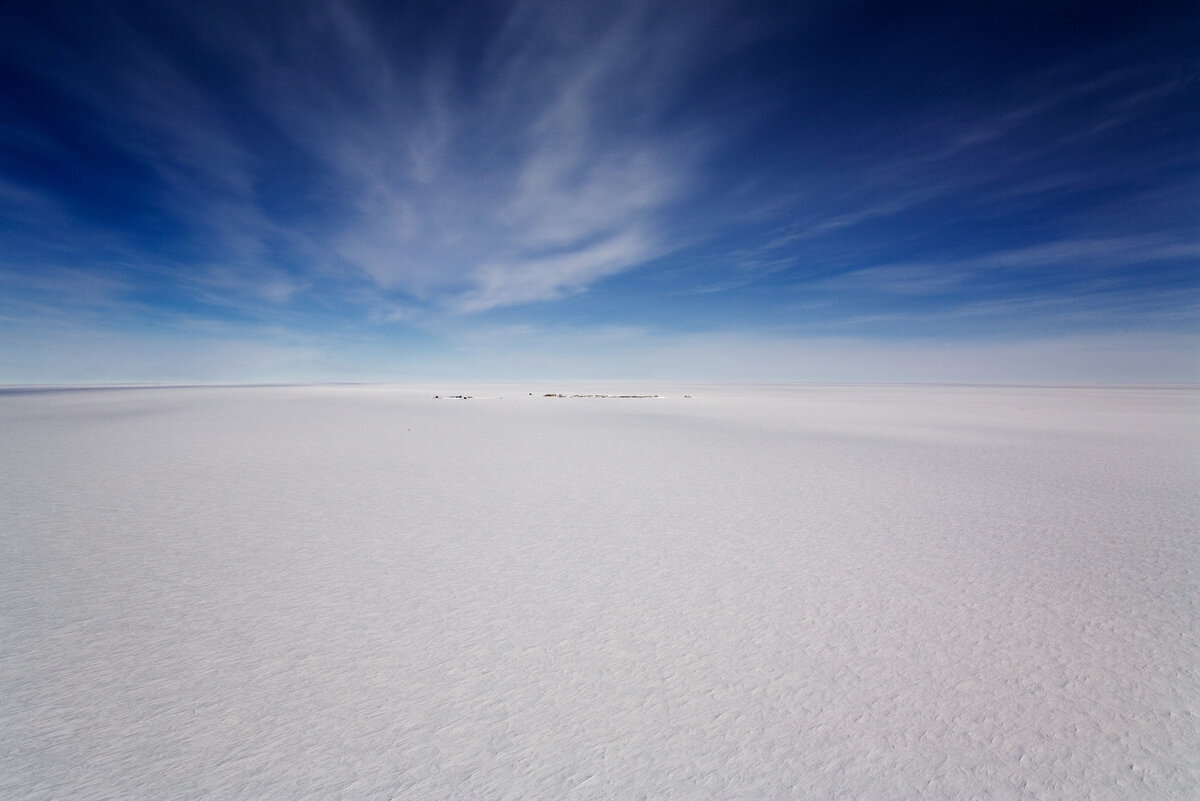
Antarctic Environment / © Ben Cockwell
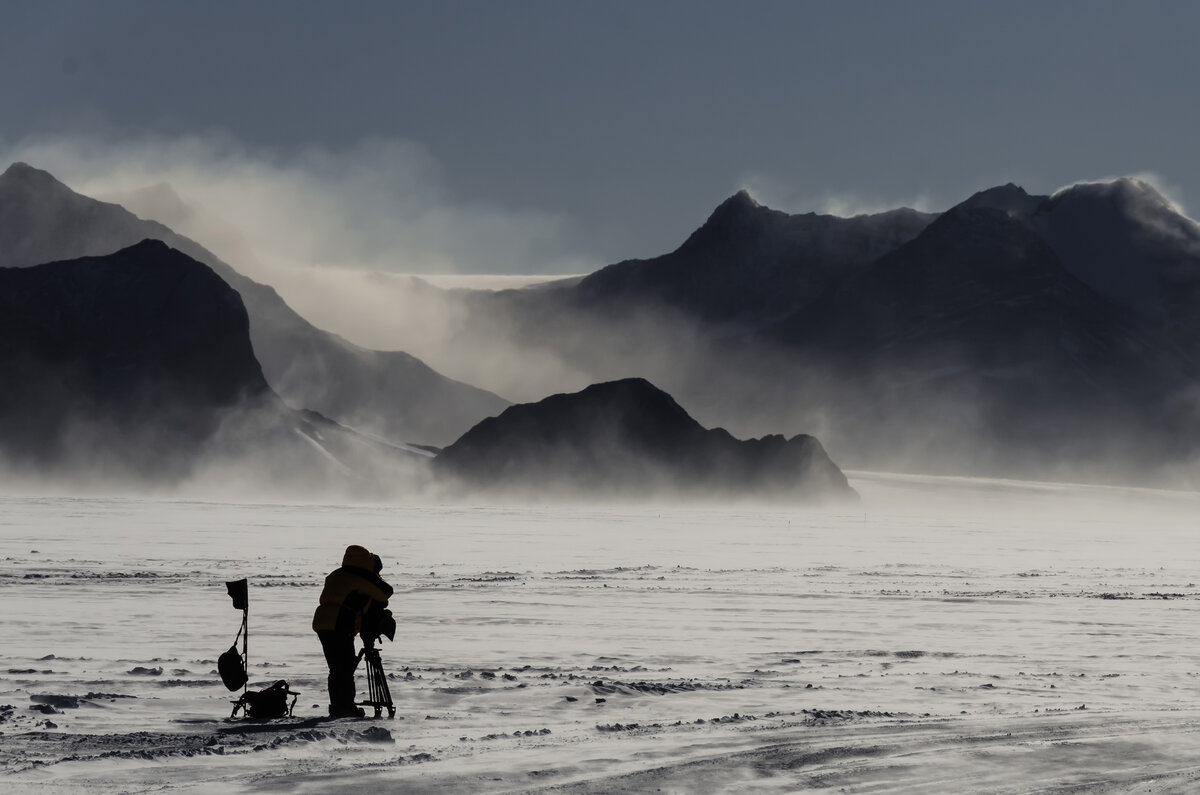
Antarctic Environment / © Belu00e9n Zanino

Antarctic Environment / © Iain Rudkin

Antarctic Environment / © Dylan Taylor

Antarctic Environment / © David Rootes

Antarctic Environment / © Michael Martin

Antarctic Environment / © Wilson Cheung
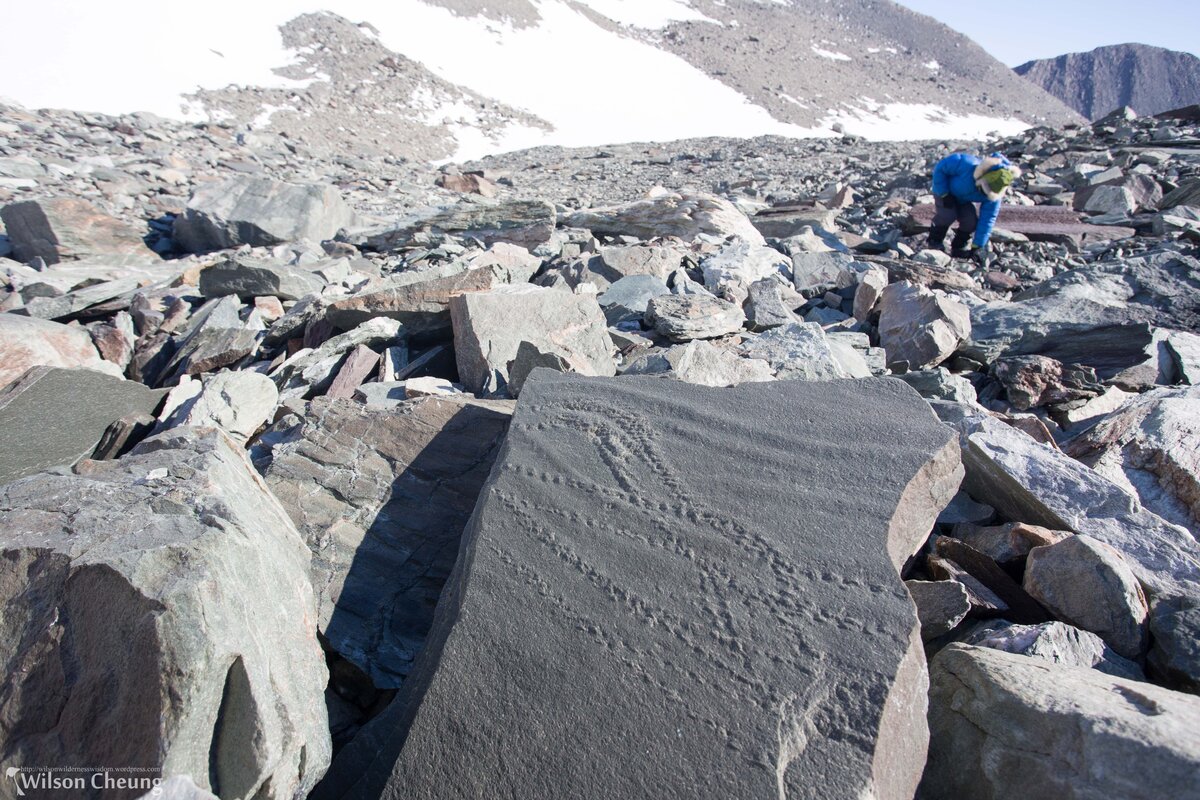
Antarctic Environment / © David Rootes

Antarctic Environment / © David Rootes

Antarctic Environment / © Winslow Passey
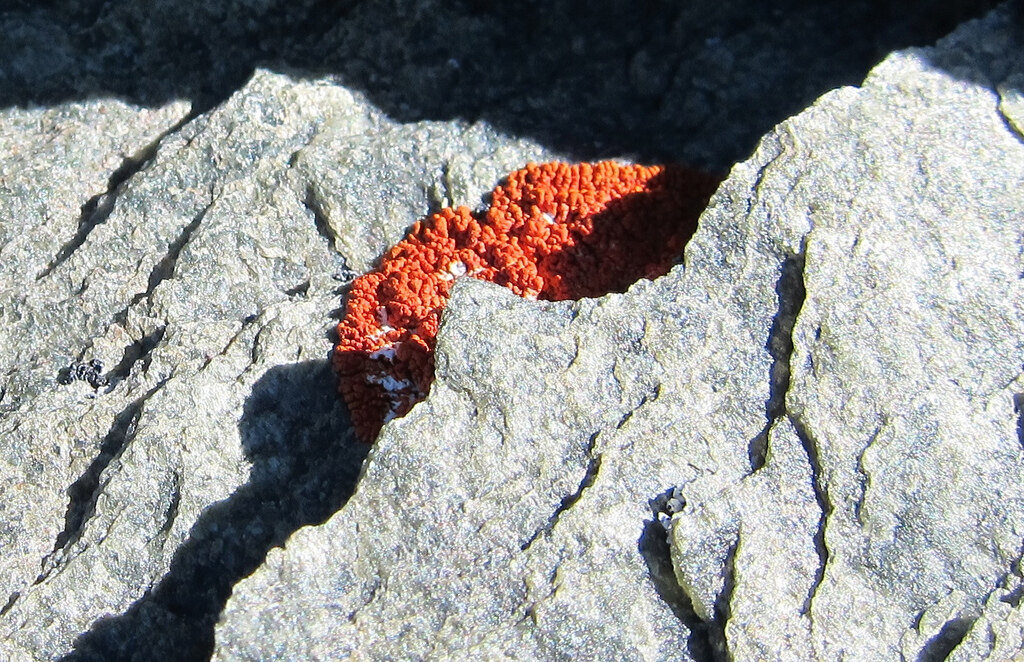
Antarctic Environment / © Mike King

Antarctic Environment / © Russ Hepburn
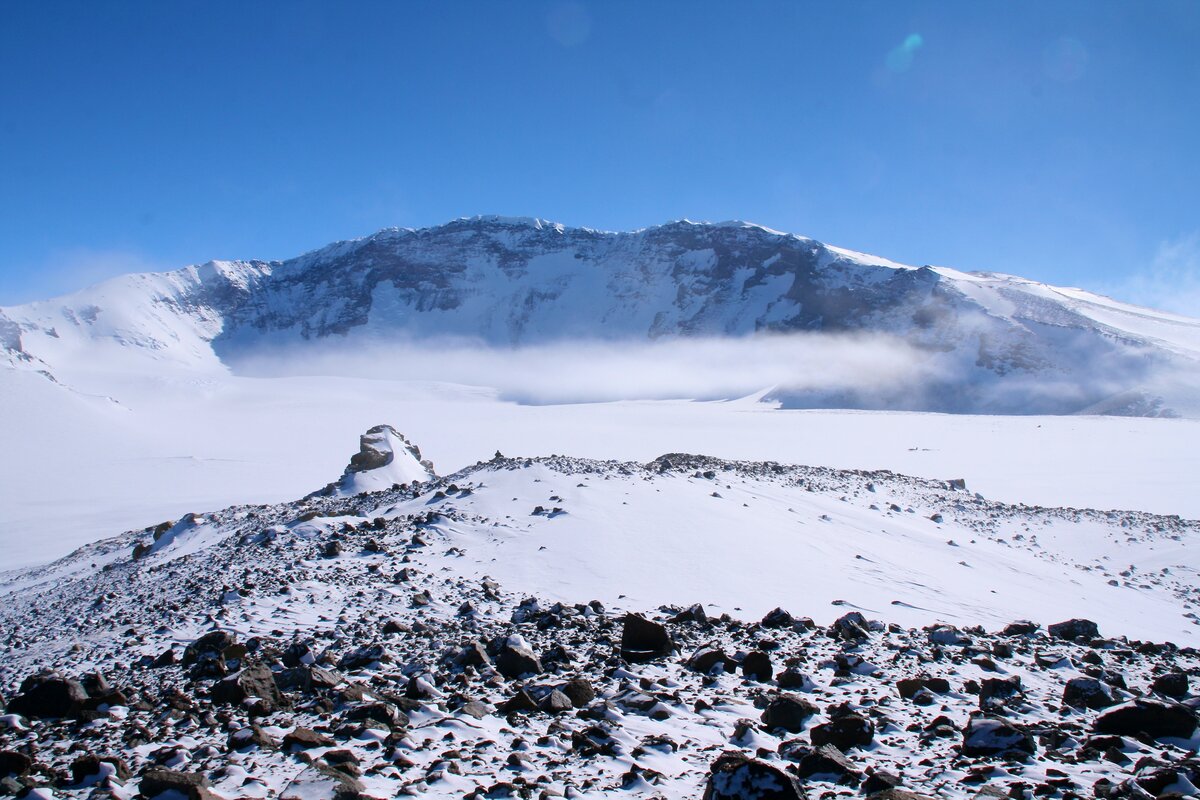
Antarctic Environment / © Russ Hepburn
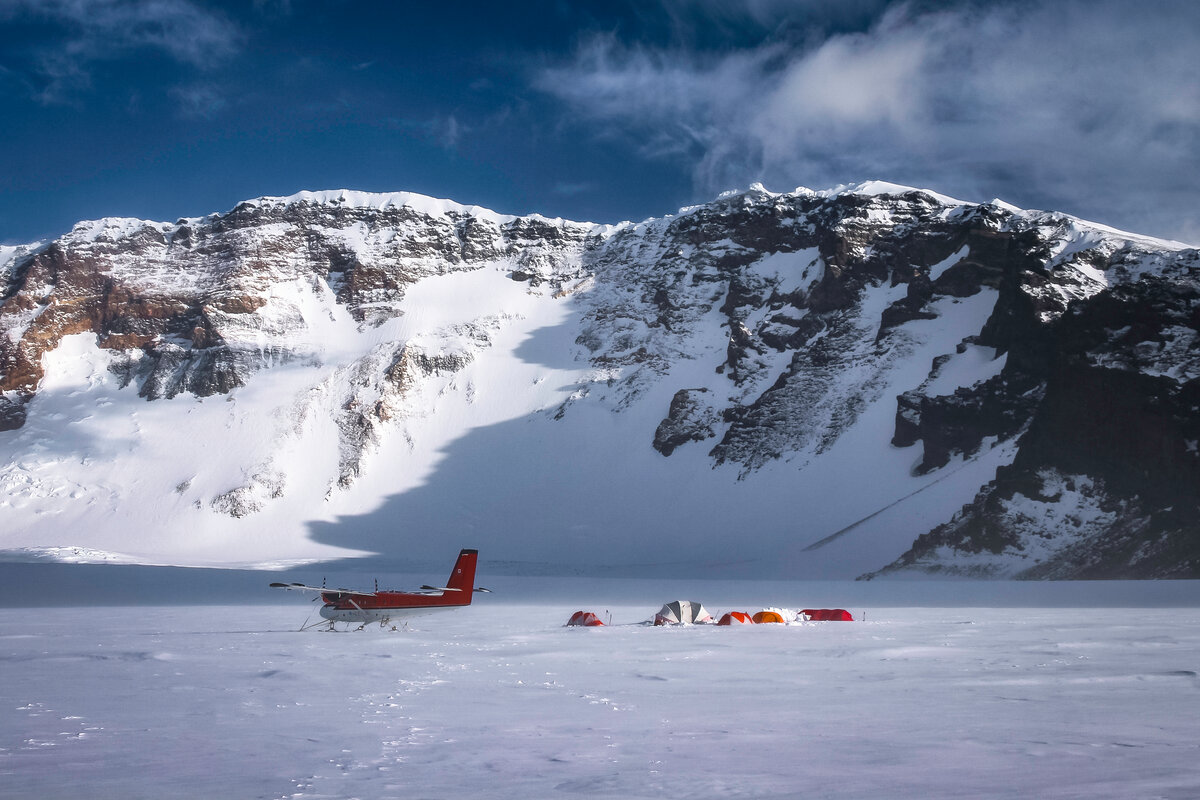
Antarctic Environment / © Russ Hepburn

Antarctic Environment / © Russ Hepburn
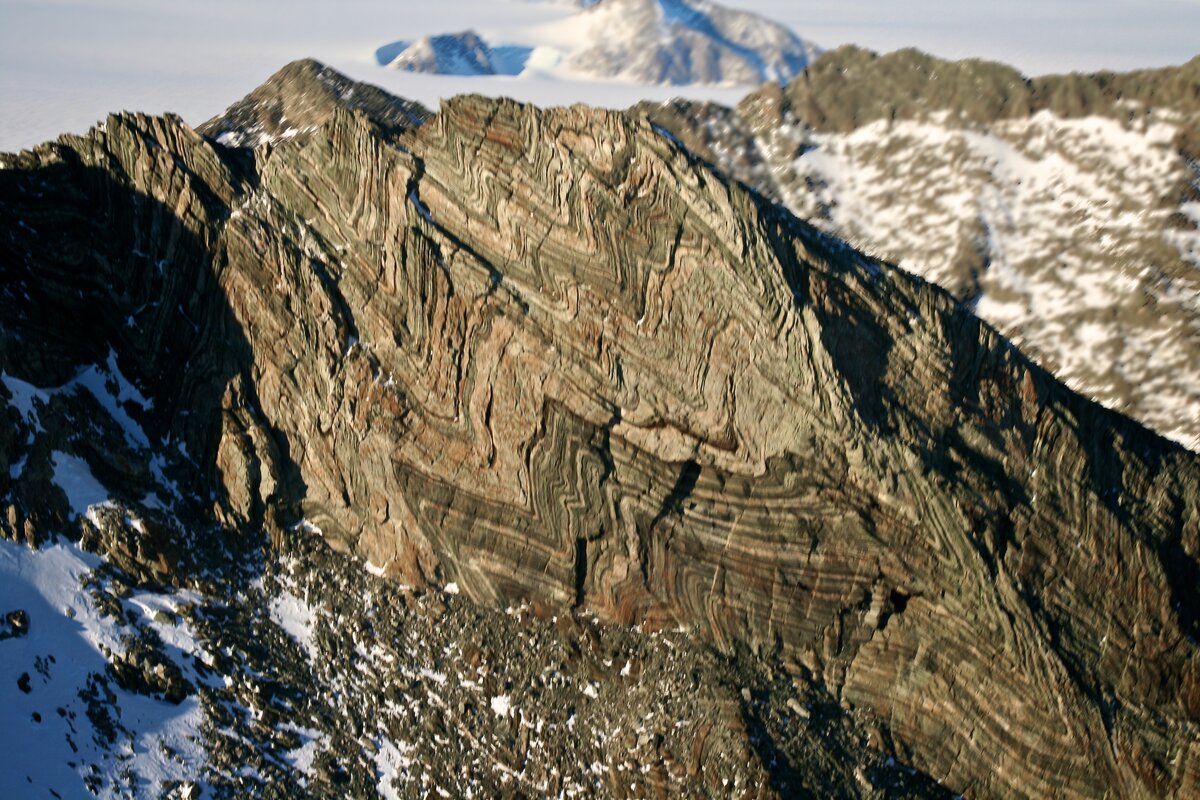
Antarctic Environment / © Tre-C Dumais
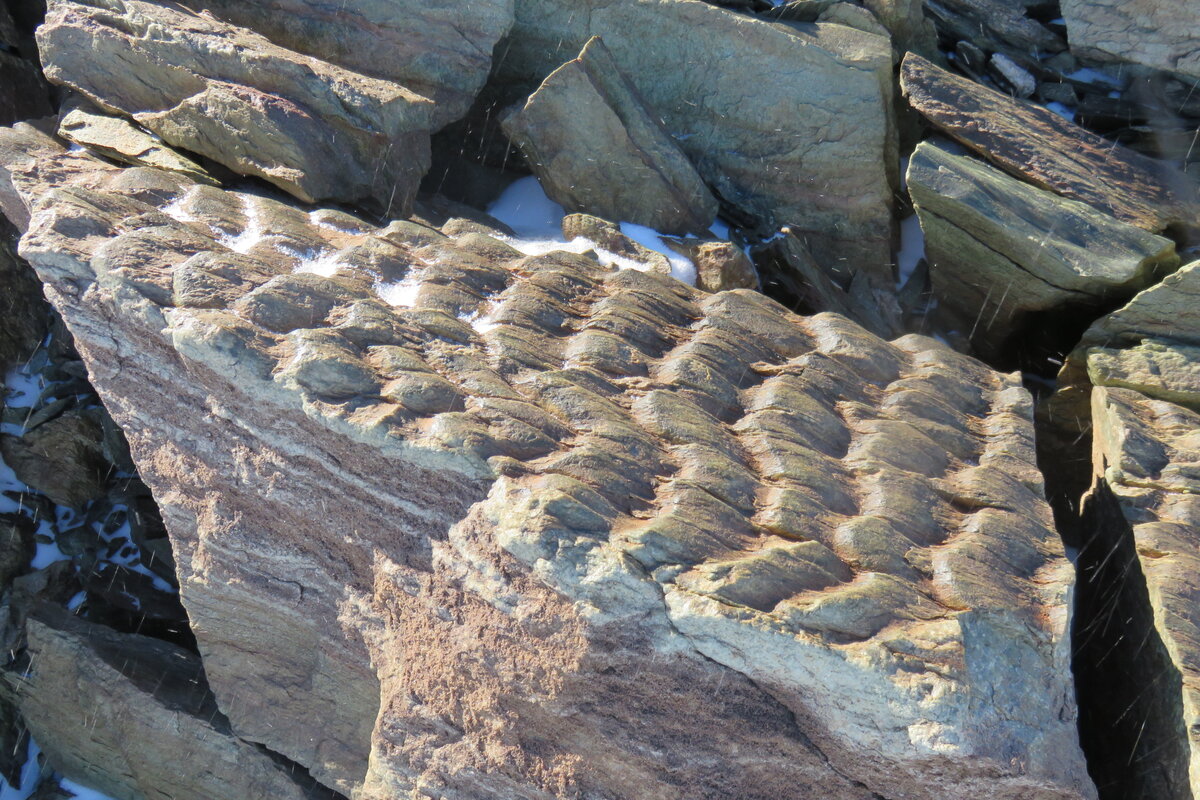
Antarctic Environment / © USGS Antarctic Interactive Research Atlas

Antarctic Environment / © Russ Hepburn
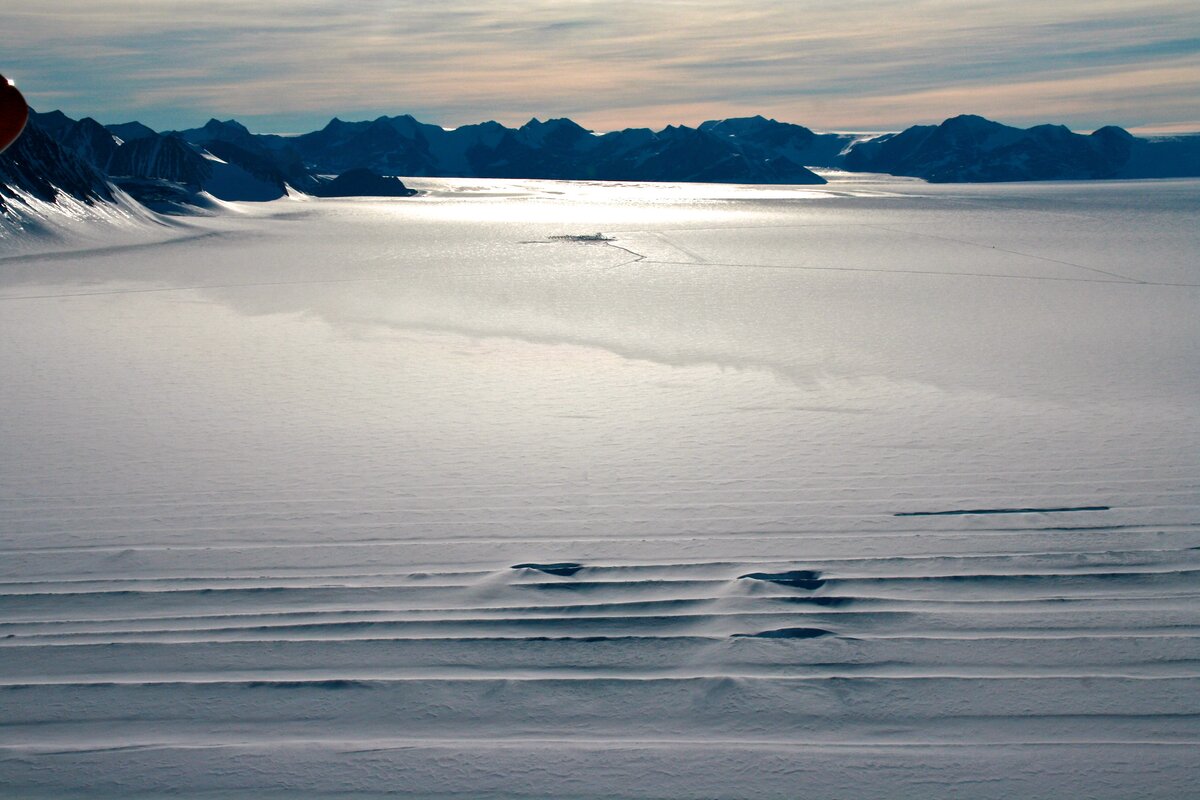
Antarctic Environment / © Adam Rheborg
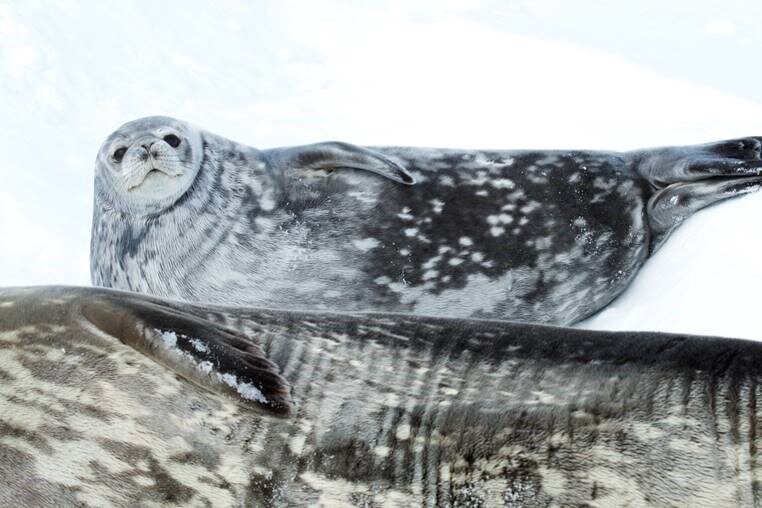

Aug 19 2020
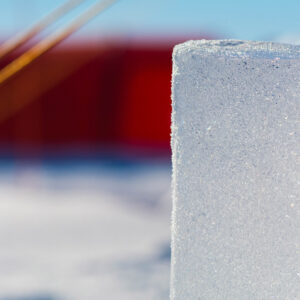
Feb 12 2020
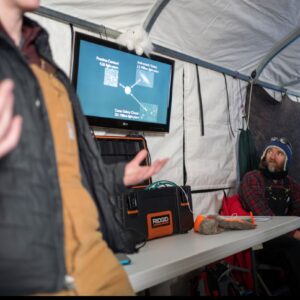
Nov 11 2019
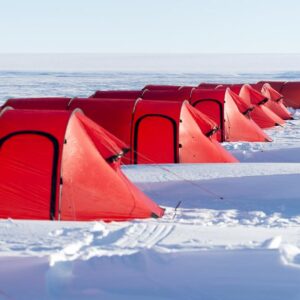
Nov 08 2019
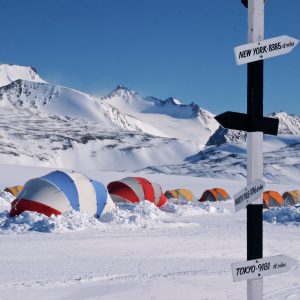
Oct 04 2019
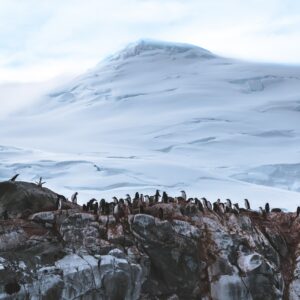
Oct 03 2019
Jul 31 2019
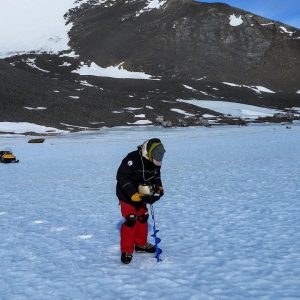
Jan 05 2017
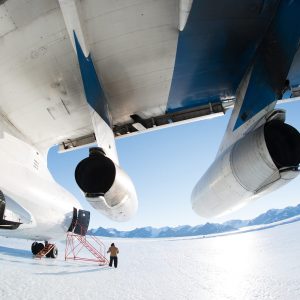
Aug 29 2016
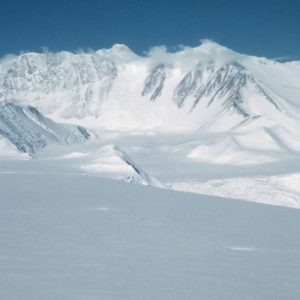
Mar 31 2015
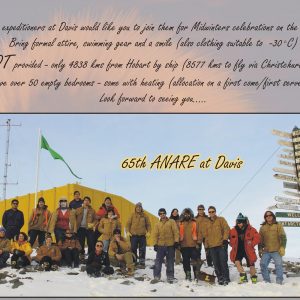
Jun 18 2014

Jun 13 2014

Sep 16 2013
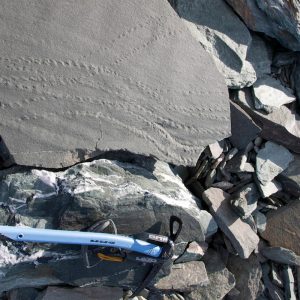
Dec 30 2012
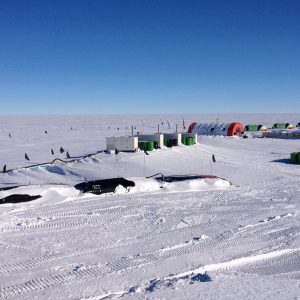
Dec 28 2012
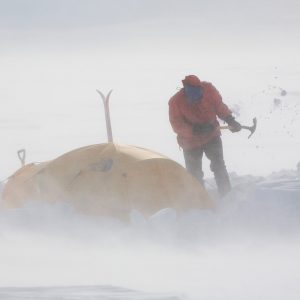
Oct 24 2012

Mar 23 2012
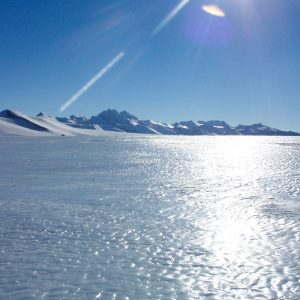
Jan 16 2012